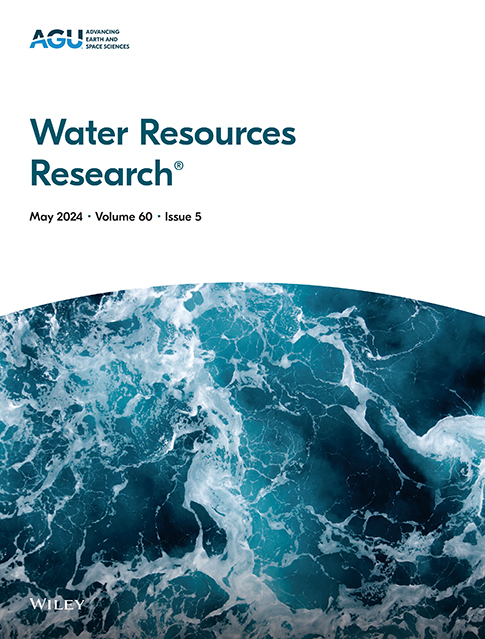Quantifying Landfill Emission Potential Using a Weakly Coupled Particle Filter
IF 4.6
1区 地球科学
Q2 ENVIRONMENTAL SCIENCES
引用次数: 0
Abstract
The emission potential, which represents the total leachable mass in landfill waste body, is hard to measure directly. Therefore we propose to quantify it by assimilating available measurements. The leachate production rate is influenced by the total water storage in the waste body, while both total chloride mass and total water storage in the waste body influence the chloride concentration in the leachate. Thus assimilating leachate volume and chloride concentration simultaneously will help quantify the uncertainties in emission potential. This study investigated the feasibility of using a particle filter in a concentration-volume coupled travel time distribution model to estimate the emission potential. Leachate production rates and chloride concentrations were assimilated simultaneously by a weakly coupled data assimilation method. The time lag issue in the travel time distribution model was solved by adding a daily model error to cover layer states. The proposed method was tested in synthetic experiments first to investigate the performance. The results show that the uncertainties in chloride mass and waste body total water storage were quantified and reduced. The predictions of chloride concentrations were also improved.求助全文
约1分钟内获得全文
求助全文
来源期刊

Water Resources Research
环境科学-湖沼学
CiteScore
8.80
自引率
13.00%
发文量
599
审稿时长
3.5 months
期刊介绍:
Water Resources Research (WRR) is an interdisciplinary journal that focuses on hydrology and water resources. It publishes original research in the natural and social sciences of water. It emphasizes the role of water in the Earth system, including physical, chemical, biological, and ecological processes in water resources research and management, including social, policy, and public health implications. It encompasses observational, experimental, theoretical, analytical, numerical, and data-driven approaches that advance the science of water and its management. Submissions are evaluated for their novelty, accuracy, significance, and broader implications of the findings.
 求助内容:
求助内容: 应助结果提醒方式:
应助结果提醒方式:


